Who Invented The Supercharger And How Has It Changed?
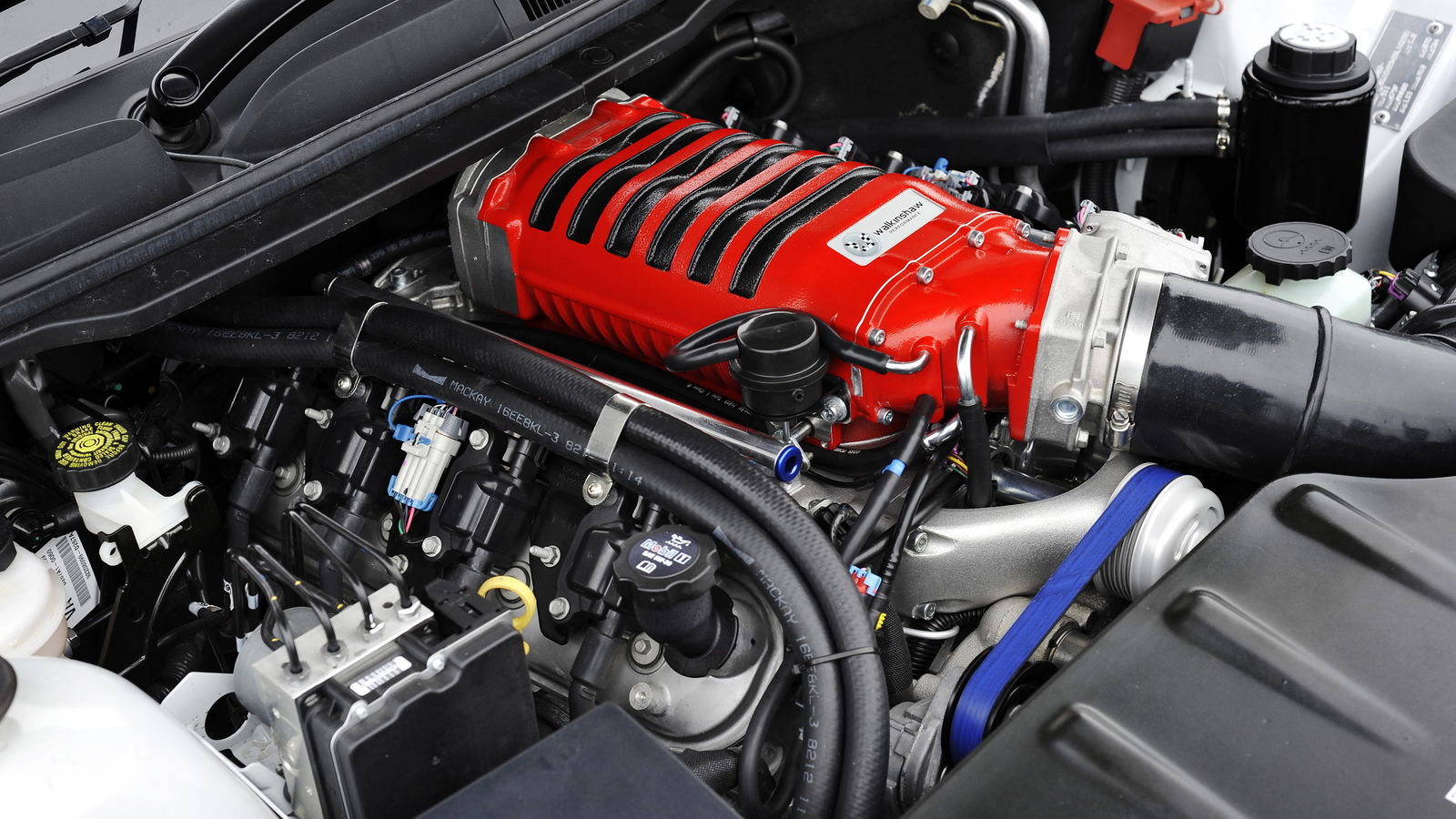
The supercharger is one of the greatest inventions ever to grace our beloved kingdom of petrolheads. It increases power and torque, it doesn’t restrict engine revs and at full chat a supercharger can sound apocalyptically good. Sure, there are drawbacks, but we love them with all our hearts.
Superchargers work by compressing the air flowing into an engine’s cylinders, forcing more air molecules into the combustion chambers that can then be mixed with more fuel for a vastly improved overall output. Mechanically driven from the crankshaft by belts, gears or chains, they run at speeds directly correlated to engine revs – and as such, there’s zero lag. They simply let a car punch you in the kidneys all the harder.
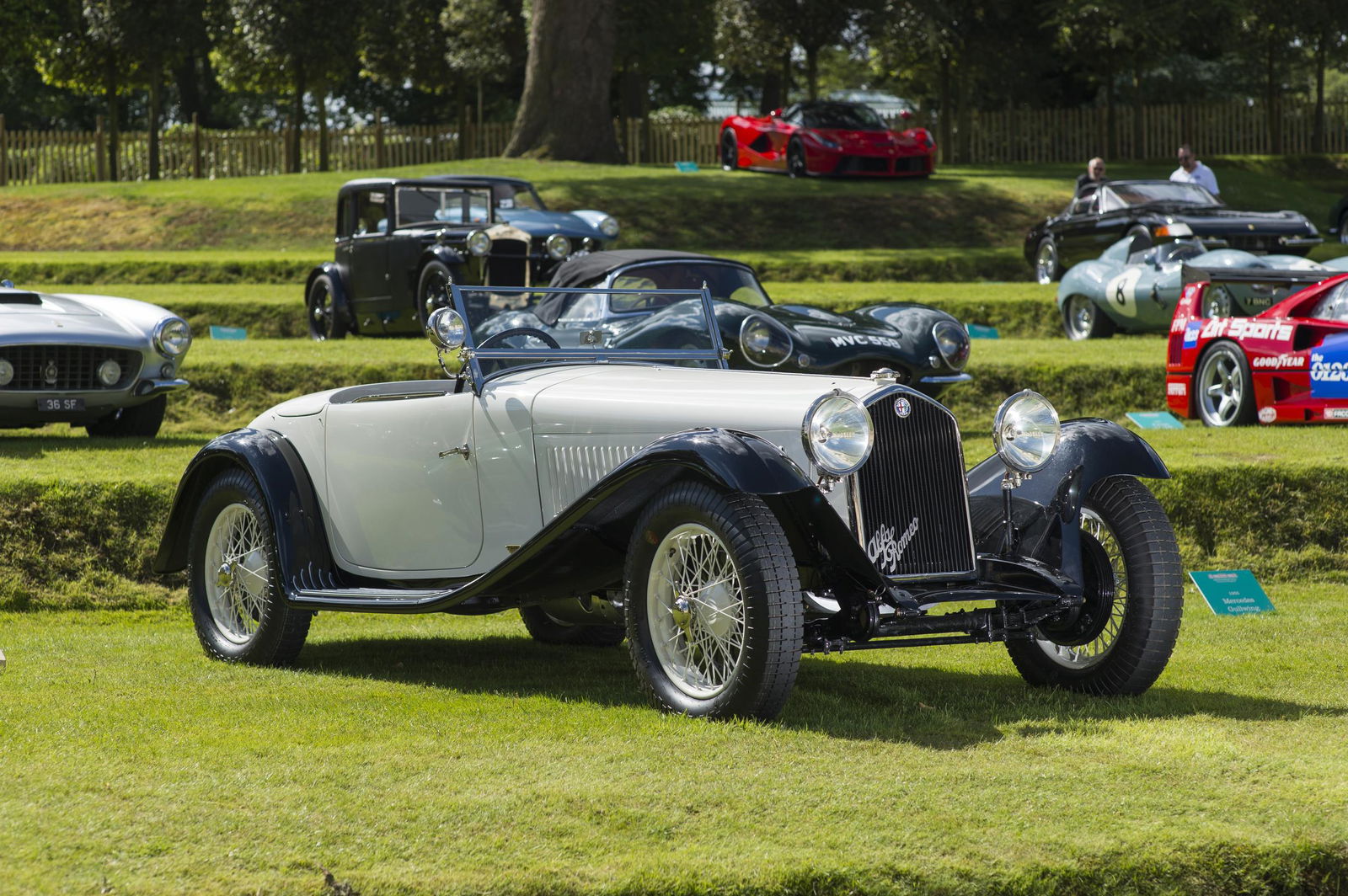
So where did the supercharger, this blessing from petrol heaven, come from? The records show one G Jones of Birmingham in the English West Midlands having released a prototype supercharger in 1848 or 1849. It was what later became known as a Roots type after the design was made successful by the Roots brothers; Americans who patented it as an air pump for blast furnaces.
As for cars, it was Gottlieb Daimler who, as with so many other things, first obtained a patent in 1885 for supercharging an internal combustion engine. He used the Roots design in a supercharged engine that eventually broke cover in 1900, making that design the oldest of the types still in use on four-stroke engines today. Others had beaten him to production by some distance with the first two-stroke engine in 1878.
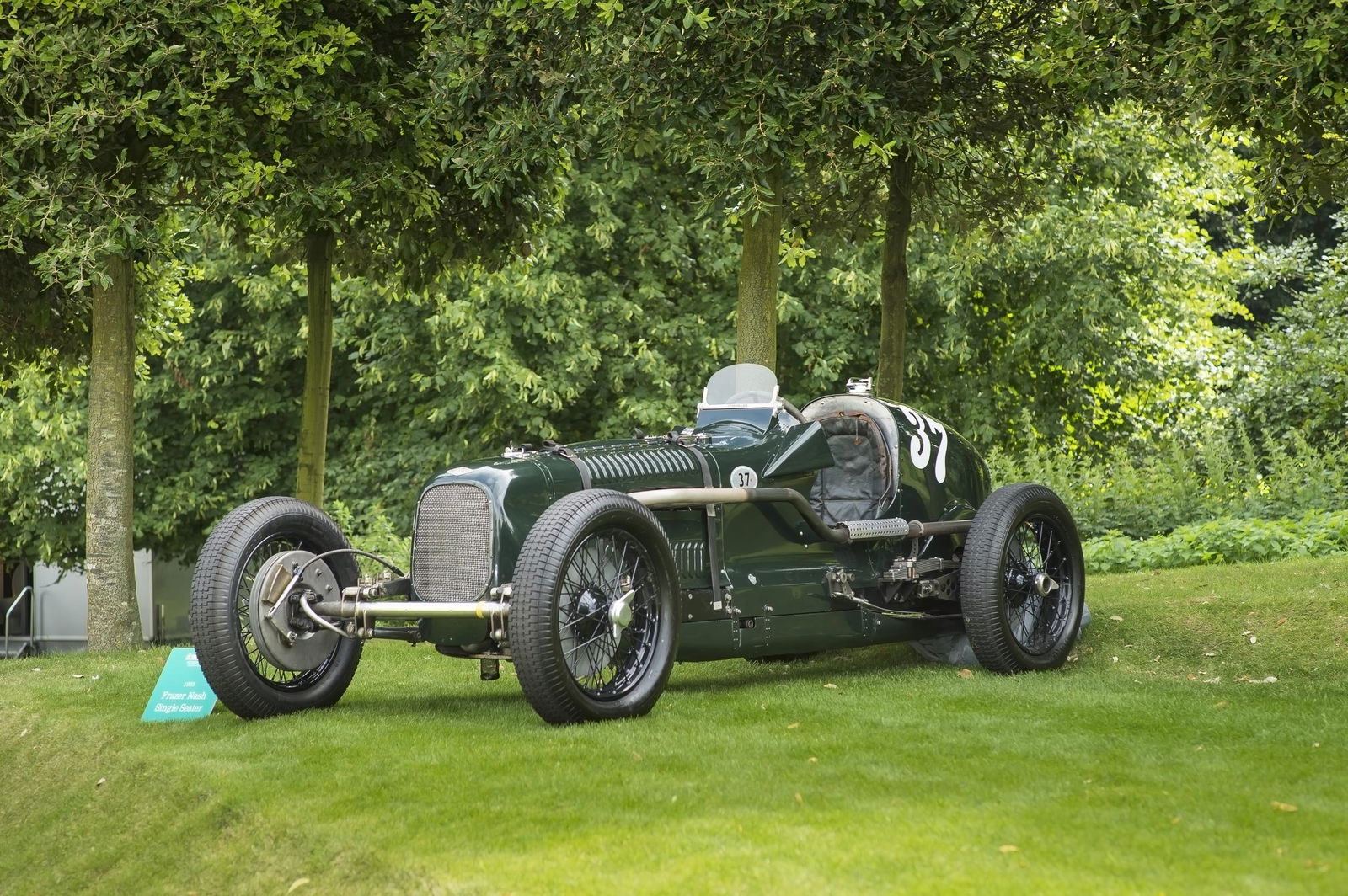
Roots-type blowers have an advantage in that they are the best at producing positive intake manifold pressure, i.e. at working, at low engine speeds. Typically a Roots-type supercharger can reach peak torque by 2000rpm, so historically it was a good design for practical road cars.
Also in 1878 the screw-type supercharger was patented by Heinrich Krigar of Germany. He drew up more advanced designs later that year but the technology of the day simply couldn’t manufacture this new ‘twisted’ screw.
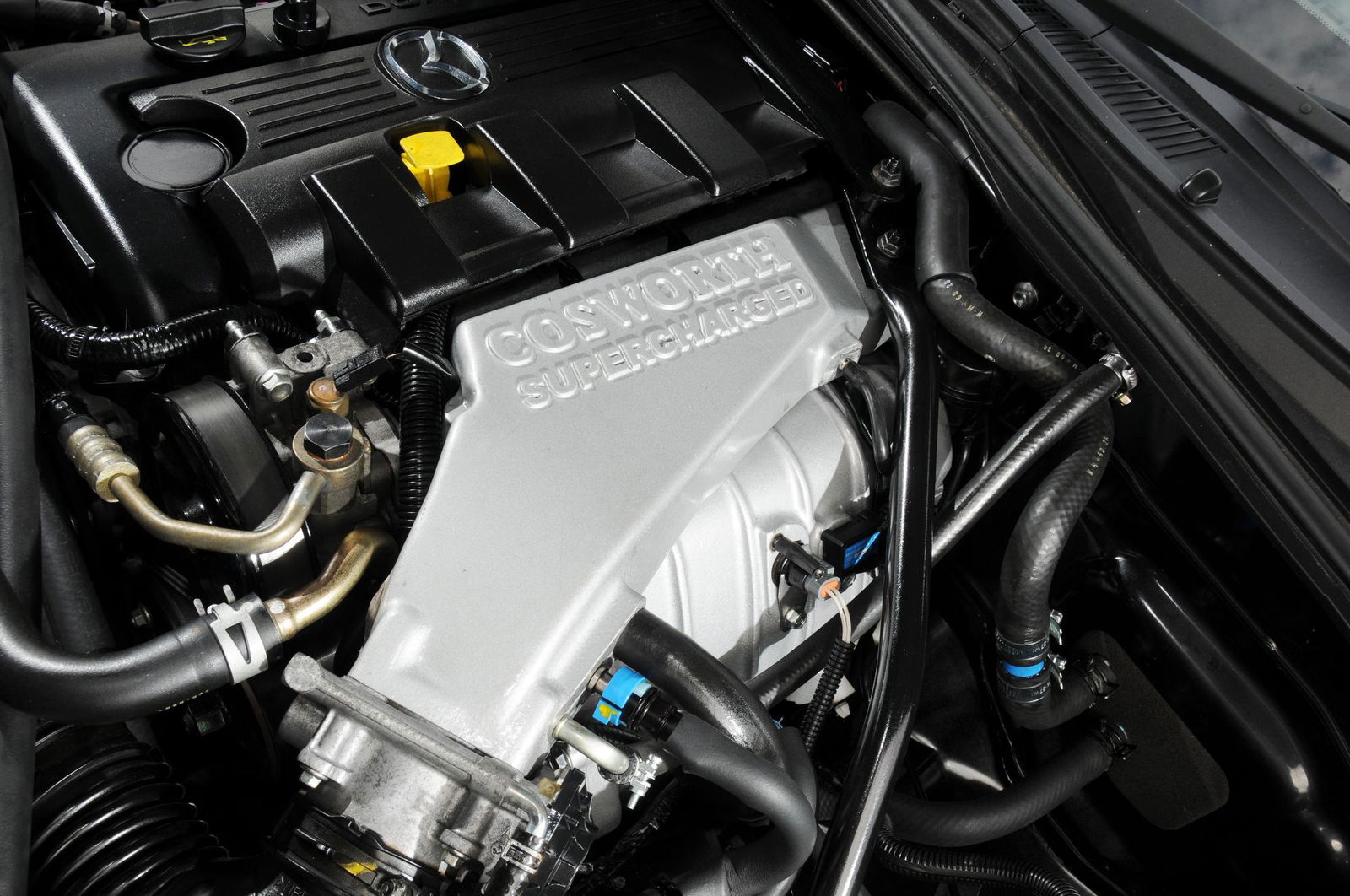
Screw-type superchargers compress air inside the supercharger housing rather than in the intake port. They are extremely good at feeding large volumes of air into higher-capacity engines. Like the Roots-type they were positive-displacement, making them good even at low revs, but they were expensive to make. They did, however, boast less air leakage and lower parasitic losses than the Roots type. They also look particularly cool.
A certain Louis Renault of France developed a centrifugal supercharger in 1902 before a small company going by the name of Mercedes actually made superchargers work on production cars. The 1921 pairing of the 6/25/40hp and the 10/40/65hp used Roots-type blowers for the first time on the open market.
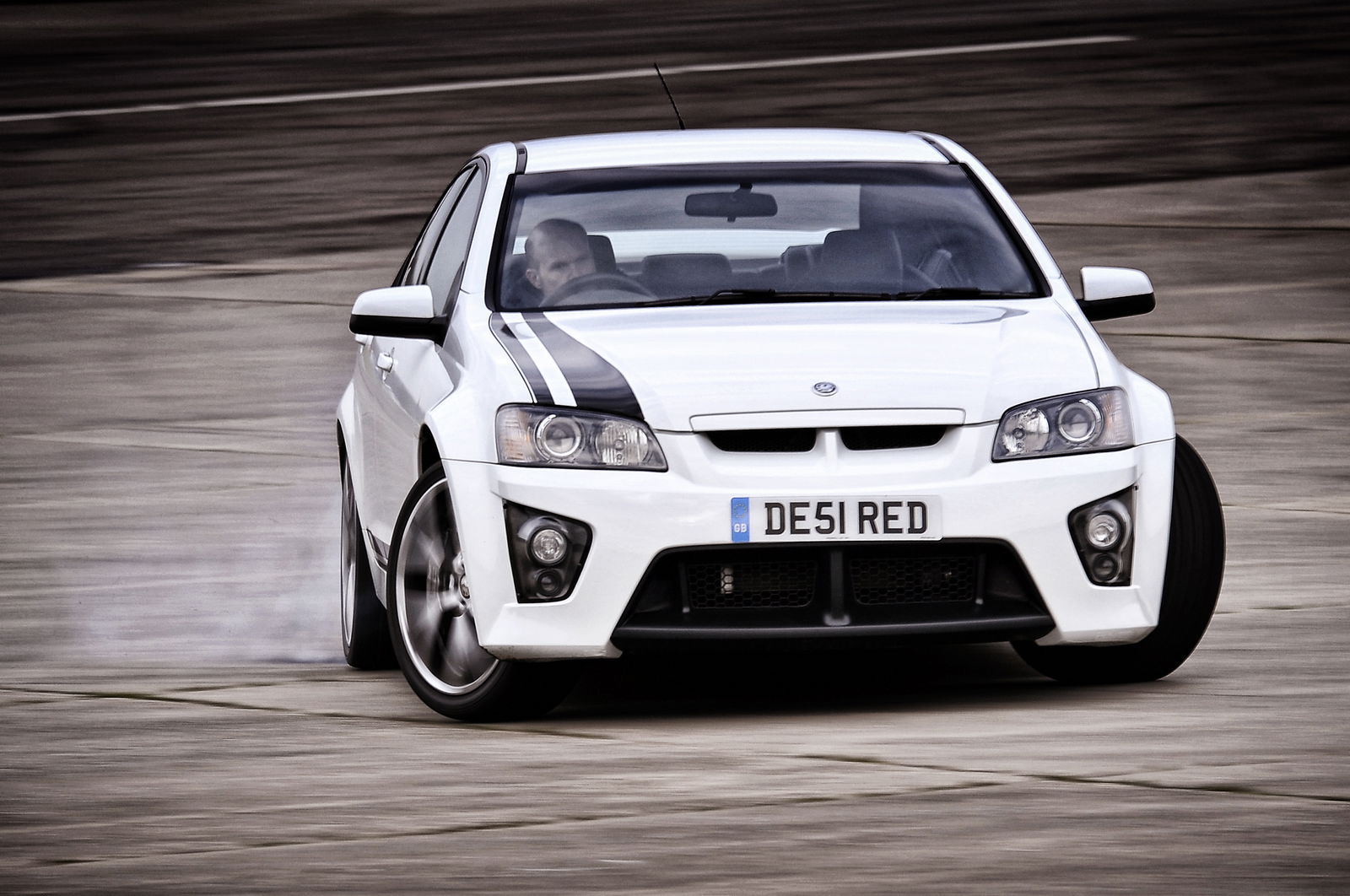
Over the years superchargers were increasingly well understood. It became accepted that a larger supercharger running at a lower speed will be more efficient than a smaller, faster one – up to a point. Their use in cars expanded, and through the 1920s and 1930s European brands were very fond of strapping blowers onto their engines.
In time the supercharger made it into aviation, helping the rapidly advancing fighters of the 1930s and 1940s overcome the problems presented by thinner air at high altitude. After WWII their popularity in cars waned slightly, especially in Europe, where normal aspiration was most common until the advent of turbocharging.
The US has maintained more of a fondness for the supercharger’s instant and hugely gratifying power delivery and it’s still the preferred means of boosting a big V8 for many a US tuner – and even car makers themselves.
Essentially the supercharger has changed very little. Later ones are stronger and can pump more air, more reliably, at higher engine speeds, and human understanding of how to use them has advanced, but this is a classic case of ‘if it ain’t broke..’
There’s plenty of life left in the technology. Dodge built the legendary and sadly short-lived Demon around a highly supercharged Hemi V8, after all, and votes of confidence don’t come much higher.
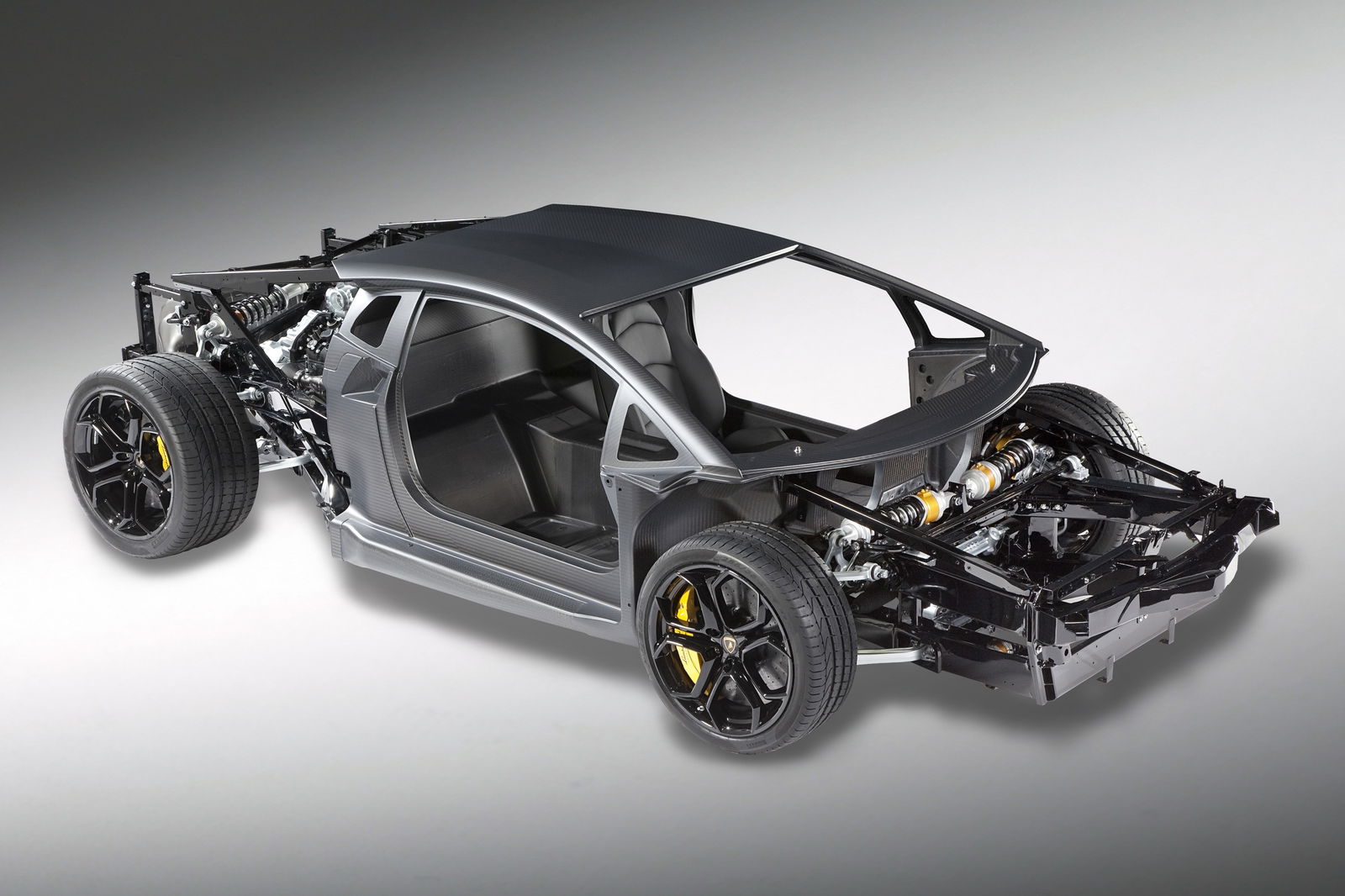
Comments
Hearing supercharged Spitfires scream over the Solent echoing off the cliffs of the Isle of Wight was to date the best eargasm in my memory… a sound like nothing else. Supercharged Rolls-Royce perfection
Whine intensifies
As much as I appreciate superchargers, nothing to me is better than turbochargers, because you use the exhaust waare energy to spin them. And because they push you in the seat when they start to make good boost. And because BRAAAAAAAAAAP-STUTUTUTUTUTUTU